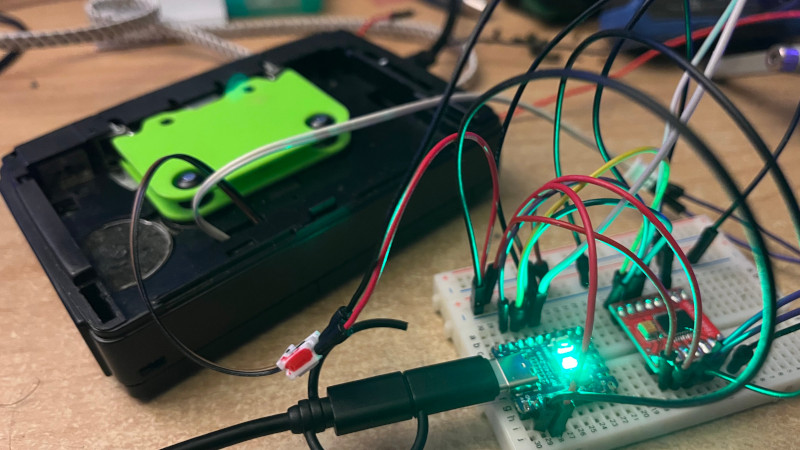Most QA Testers Write Test Cases WRONG – Here's How to Fix It (TL;DR)
Most QA testers write test cases that are either too vague, too redundant, or too focused on the "happy path." And honestly? That’s why bugs still slip through even when “everything passed.” Here’s a TL;DR on how to fix your test case writing — based on real-world QA experience. ✅ 1. Focus on Behavior, Not Just Steps Bad test cases are rigid and step-by-step. Great ones describe the intent and expected outcome. Bad: Click the login button → Check if redirected. Better: User enters valid credentials → System redirects to dashboard. This makes your test cases reusable, automation-friendly, and aligned with user behavior — not UI mechanics. ⚠️ 2. Cover the Edge Cases, Not Just the Happy Paths Most testers only cover what’s expected to work. But in the real world, users: Enter weird data Leave fields blank Close modals halfway through Interrupt flows in unexpected ways Bugs live in the cracks. Don’t just test what should work — test what might go wrong.

Most QA testers write test cases that are either too vague, too redundant, or too focused on the "happy path." And honestly? That’s why bugs still slip through even when “everything passed.”
Here’s a TL;DR on how to fix your test case writing — based on real-world QA experience.
✅ 1. Focus on Behavior, Not Just Steps
Bad test cases are rigid and step-by-step.
Great ones describe the intent and expected outcome.
Bad:
Click the login button → Check if redirected.
Better:
User enters valid credentials → System redirects to dashboard.
This makes your test cases reusable, automation-friendly, and aligned with user behavior — not UI mechanics.
⚠️ 2. Cover the Edge Cases, Not Just the Happy Paths
Most testers only cover what’s expected to work.
But in the real world, users:
- Enter weird data
- Leave fields blank
- Close modals halfway through
- Interrupt flows in unexpected ways
Bugs live in the cracks. Don’t just test what should work — test what might go wrong.








































































































































































![[The AI Show Episode 142]: ChatGPT’s New Image Generator, Studio Ghibli Craze and Backlash, Gemini 2.5, OpenAI Academy, 4o Updates, Vibe Marketing & xAI Acquires X](https://www.marketingaiinstitute.com/hubfs/ep%20142%20cover.png)
































































































































![From drop-out to software architect with Jason Lengstorf [Podcast #167]](https://cdn.hashnode.com/res/hashnode/image/upload/v1743796461357/f3d19cd7-e6f5-4d7c-8bfc-eb974bc8da68.png?#)







































































































.png?#)






(1).jpg?width=1920&height=1920&fit=bounds&quality=80&format=jpg&auto=webp#)






























_NicoElNino_Alamy.png?#)
.webp?#)
.webp?#)




































































































![Apple to Source More iPhones From India to Offset China Tariff Costs [Report]](https://www.iclarified.com/images/news/96954/96954/96954-640.jpg)
![Blackmagic Design Unveils DaVinci Resolve 20 With Over 100 New Features and AI Tools [Video]](https://www.iclarified.com/images/news/96951/96951/96951-640.jpg)
































































































































